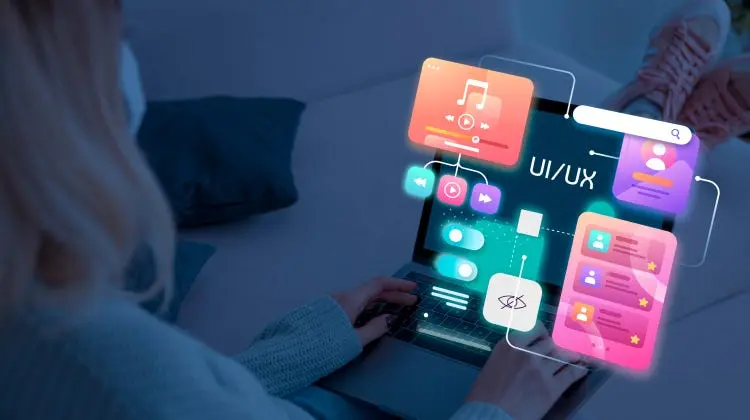
How App Design Affects User Habits
Mobile apps have become an integral part of our daily routines, as most of us connect to the internet with apps from the moment we wake up until we go to sleep for various reasons, including checking social media, tracking fitness goals, managing finances, or staying in touch with our loved ones.
Mobile apps quietly shape our daily behaviours without us even realising it. The way an app looks, feels, and responds influences our behaviour on how often we use it and how long we stay on it.
Trending Now!!:
App design isn’t just about aesthetics; it is about psychology, engagement, and habit formation. Let us discuss various ways in which app design affects user habits.
Visual Design Hooks Users
Visual designs play an important role in hooking users. The very first moment a user opens an app determines whether they will stay or leave.
Since humans are very much attracted to visuals, app designers leverage this by using colours, layouts, and typography that grab attention instantly. Bright colours and smooth gradients stimulate excitement and curiosity, while minimalist designs evoke calm and trust.
App designers keep all of this in mind and design the app according to its category and genre. For instance, productivity apps, including Instagram APK, often use muted tones to promote focus, while entertainment apps rely on vibrant visuals to create energy.
An appealing interface forms the first positive association and encourages users to explore.
Simplicity Makes Apps Effortless to Use
No one likes complex app design these days, as it makes navigation and finding features difficult. The best apps have simple and easy-to-use designs that make navigation effortless.
Every tap, swipe, and scroll on these apps feels intuitive. These apps allow users to achieve what they want easily, compelling them to return to the app and keep using it for longer periods.
App designers simplify menus, reduce clutter, and use recognisable icons, making it easier for users to achieve what they want to. This simplicity removes friction and allows the actions to become automatic.
Over time, this seamless experience transforms into a routine because the app and its design feel natural.
Colors and Hues Influence Emotions and Behavior
Colors are much more than just decoration in app designs. Colors are a psychological tool that influences how users feel, act, and behave. Each colour influences emotions and behaviours in a different way. For instance, red can create urgency, blue builds trust, and green signals success or progress.
For this reason, like buttons, notifications, and progress bars, they are rarely random in colour. Each shade in app design reinforces the app’s purpose, and app designers use colour very carefully to influence emotions and reinforce a particular user behaviour.
E.g., red notification dots grab attention instantly, compelling users to click. Even app icons’ colors are picked very carefully, as each color in app icons signals something.
For instance, the app icon of the Play Store is a mix of different colors including red, yellow, green, and blue, signaling that it is a hub for various kinds of applications. (You can head over to AppCafe.io to download and install latest Play Store.)
Notifications Shape Behavior
Notifications are one of the most important tools in an app’s design that bring users back into the app, sometimes multiple times in a single day.
While some notifications can be intrusive, smartly designed notifications add real value. A reminder about an upcoming task, a message that your rider is on the way, or an alert about your friend’s message can feel relevant and helpful.
However, excessive notifications can lead to fatigue and app avoidance, which is why balance is necessary. Crafting notifications that interest the users and align with their goals is important.
Ease of Onboarding Lays the Foundation of Habit Formation
The first-time user experience or onboarding plays a major role in habit development. If a user struggles to understand how an app works during the first few minutes, they are unlikely to come back because first impressions matter the most.
Successful apps make onboarding simple, interactive, and rewarding. They provide clear instructions, visual cues, and micro-successes to create a sense of momentum. These apps make users feel comfortable quickly, so they keep coming back for more, and repeated use feels effortless later on.


